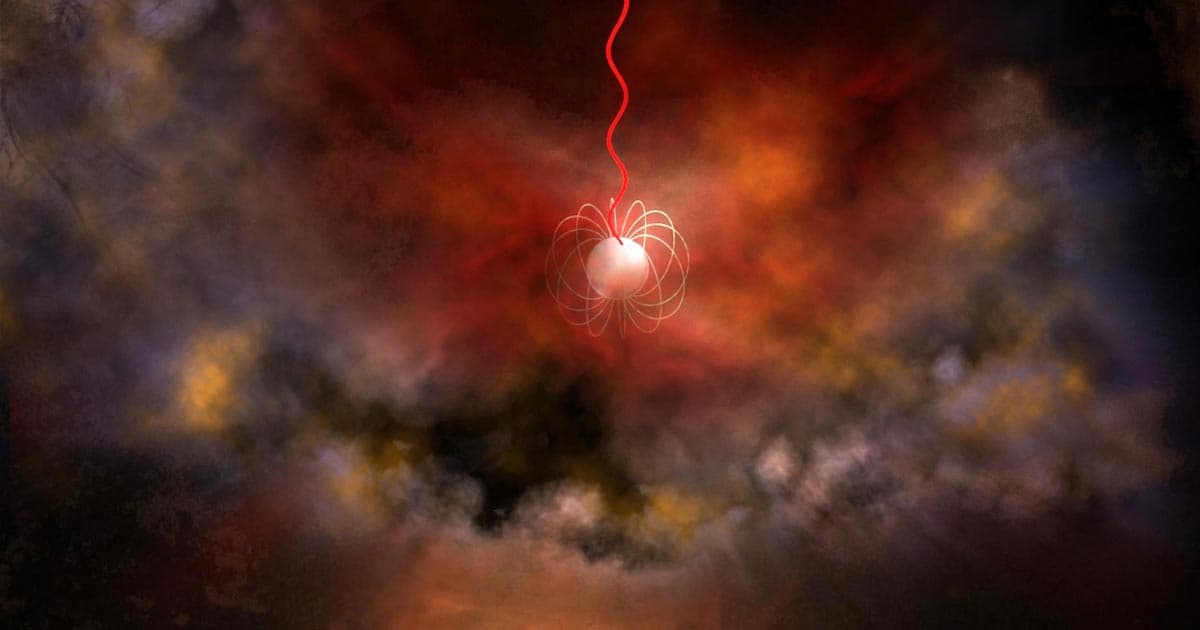We still have no idea what caused it.
Fast
Astronomers have discovered yet another mysterious, uber-powerful, repeating radio burst — which could get them one step closer to unlocking the secrets behind the strange phenomenon.
A new paper by an international consortium of astrophysicists, which was published in the journal Nature this week, details the new discovery and describes how it mysteriously releases weaker signals between its repeating larger bursts — something scientists have only seen once before.
What sets fast radio bursts (FRBs) — unusual pulses of radio signals emanating from deep space that have puzzled astronomers for well over a decade — apart from other radio signals is their extreme power and short length.
In fact, the average FRB releases as much energy in around a millisecond as the Sun puts out in three days, according to a new statement — and we still have no idea what causes them.
Faster
This latest mysterious radio burst named FRB 190520B was first detected in 2019 by a team of astronomers using China's Five-hundred-meter Aperture Spherical radio Telescope (FAST).
Ever since, the team has been trying to pinpoint where the signal came from. As detailed in their new study, the scientists were able to trace back the signal to the vicinity of a dwarf galaxy roughly three billion light years away.
While most FRBs that have been discovered to date appear to have been one-offs, some have been known to repeat at regular intervals.
What makes this latest FRB so fascinatingly different, however, is the fact that it also gives off weaker radio waves between its bigger bursts.
Fastest
Thus far, only one other identified FRB has done the same thing — FRB 121102, which was first discovered back in 2012.
As Caltech astronomer and study coauthor Casey Law told Space.com, "the big surprise for me was realizing that the new FRB seems to be such a perfect 'twin' to an earlier discovery."
The similarities — and differences — between these two FRB discoveries will, scientists hope, be instrumental in discovering just what causes them.
"I am optimistic," co-author Yu Wenfei with the Shanghai Astronomical Observatory told Space.com, "that the FRB puzzle will be solved by investigating such extreme FRBs."
READ MORE: A repeating fast radio burst associated with a persistent radio source [Nature]
More on FRBs: Planets Scream as They're Ripped Apart, Scientists Say
Share This Article
